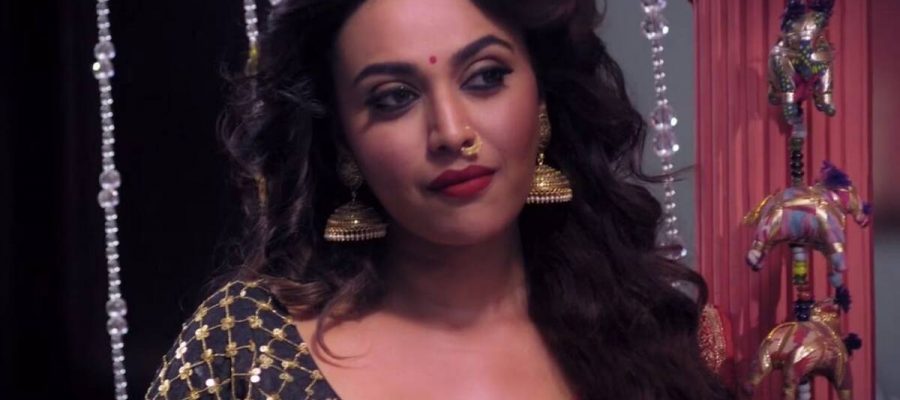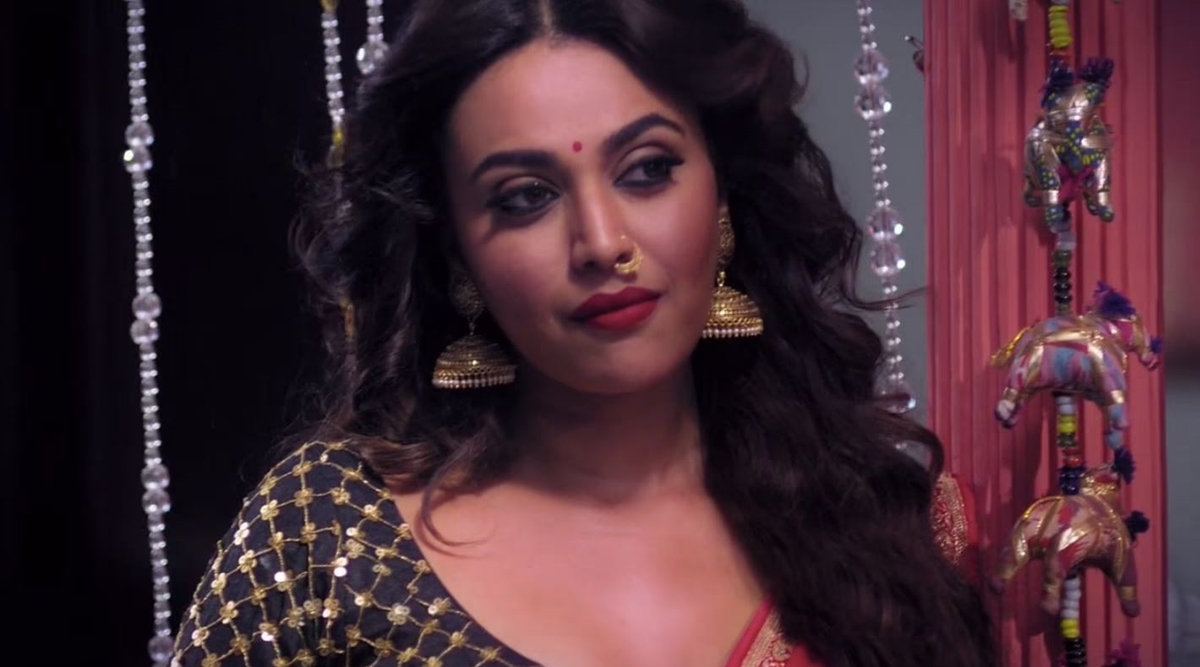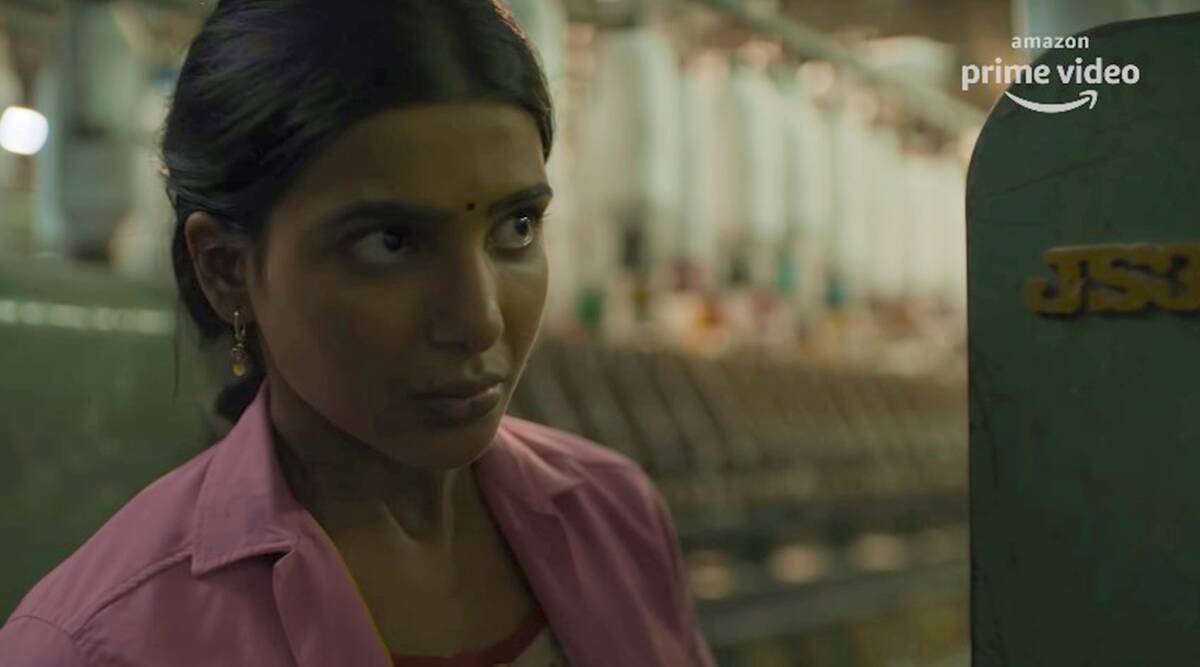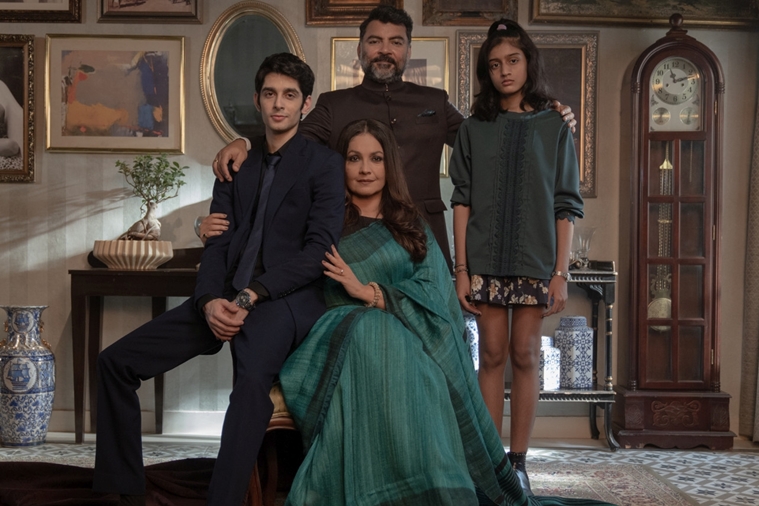Amidst the many shining moments and clutter breaking content we have seen in the past, there seemed to be a growing trend of making shows that kept falling back on the themes of love, sex and dhokha.
When OTT platforms and digital content started blossoming, they were viewed as the messiahs for those who wanted to tell stories differently, and those who wanted to watch them. It was a ray of hope for those who had long been relegated into ‘arty’, ‘avantgarde’ or the most insulting of them all, ‘parallel cinema’ categories. Stories and subjects that mainstream cinema was afraid of or unable to explore, and storytelling styles that for long didn’t seem profitable, now looked to digital platforms with hope.
However, amidst the many shining moments and clutter breaking content we have seen over the past few years, there seemed to be developing a growing trend of making shows that kept falling back on the themes of love, sex and dhokha. Bold scenes started appearing in shows almost as if to deliberately titillate or shock viewers. Coarse language and violence became common features and most of the big budget, well marketed shows had women actors only playing supporting roles. Case in point Sacred Games, Mirzapur, Paatal Lok or even the first season of Family Man. Many of these shows have course corrected in season 2 after criticism about the central characters remained predominantly male.
More worryingly, a majority of stories that were driven by female characters seemed to be unduly interested in focussing on the woman’s sexuality, her relationship with her family, and biological realities like pregnancy and mensuration. Before I proceed, let me add a disclaimer here. I don’t for a moment believe that women should be in denial of their sexual desire or orientation and they should never feel shame about their periods. I also understand that most women are perhaps far more stretched between home and work than their male colleagues and spouses. But the problem is when you are unable to tell a story with a female protagonist without linking it to her sex life, her roles as mother and wife, or other bodily functions like menstruation or pregnancy.
Take Netflix’s Bombay Begums for example. The story saw Pooja Bhatt playing a glass ceiling shattering female CEO of a leading bank who leans in and promotes a woman (Shahana Goswami) to be her COO. It could have been truly clutter breaking to see a group of capable women battle the odds and genteel sexism of corporate India, to turn a financial institution around. Yet each of these highly educated and ambitious women seem to spend far more time tackling their marriages, their personal lives and their hormones.
Unlike Scam 1992, which told the Harshad Mehta story with terrific attention to detail about the stock market and financial terminology, in Bombay Begums, we see the CEO battle hot flashes in the bathroom and have an extramarital affair that she knows can put her job in jeopardy. Her ambitious COO has a sexist husband who expects that she will put her career on hold once they have a child. But instead of showing us how she tackles patriarchy personal ambitions, she too has an affair that seems to happen during office hours as well. The young female intern in the same series is coping with her bisexuality, the fourth woman is a former sex worker and single mother, while the teenage girl is excited about impressing a boy and getting her first period. The teenage girl is the CEO’s stepdaughter, so in addition to menopause and marital issues, she is also struggling to be a good mother.
The most recently released anthology of shorts, Ajeeb Daastaans, also keeps the focus on women and their relationships. While there is the now stereotypical sex starved haveli ki bhabhi, in the first movie Majnu, there are force fitted sex scenes in the next film Khilauna as well. Sadly, showing the manipulative maid have premarital sex, seems less like liberal storytelling, and more an amplification of her ambiguous value system.
Take the show ‘She’, created by Imtiaz Ali, which tells the story of a female cop who pretends to be a prostitute to honeytrap a criminal. There are graphic scenes and closeups objectifying Bhumika, the protagonist, whose dormant sexuality is awakened by the experience. In the final scene of the show, Bhumika looks at herself in the mirror feeling empowered by her body, that a group of male officers forced her to use as bait. Swara Bhasker’s show Rasbhari saw the actor play a woman whose physical beauty causes problems for her in the small town she is a teacher in. While the intention is to tell a story about how repressed female sexuality can have serious consequences, is a sex obsessed alter ego the only kind of alter ego a woman can have?
There have exceptions to this trend of course. Emmy award winning show Delhi Crime had not just a female protagonist, but a middle-aged female protagonist who was unapologetic about how dedicated she was to her job. The writers never put her on a pedestal for being a woman who cracked perhaps the most widely reported case in India. In Soni though both the female protagonists are shown to be battling patriarchy at home and at the workplace, the show keeps a firm focus on how good they are at what they do. Aarya and Pushpavalli are two other shows where the writing and treatment were a refreshing take on female characters from completely different age groups and geographies. In addition, we have been lucky to see actors and characters from the LGBTQ community on screen. We have seen a trans actor from the Northeast in Paatal Lok and have seen actual Tamilian and Malayali actors being cast for characters from those regions in Family Man seasons 1 and 2.
After years of tolerating regressive television content and watching films that were for decades divided between commercial viability or artistic excellence, OTT platforms have been a matchmaking service between artistic excellence and entertainment. It has allowed so many writers, actors and technicians to have careers and create work no one had thought possible even at the beginning of this decade. This is our opportunity to show our audiences and global audiences the excellence and versatility that we are capable of. Let’s resist the temptation of using tried and tested formulas or assume for a minute that “this is what the audience wants”. The time to push the envelope and look at the world and people in a brand-new way is now, so let’s always find a new way to ‘stream’
Source: Read Full Article




